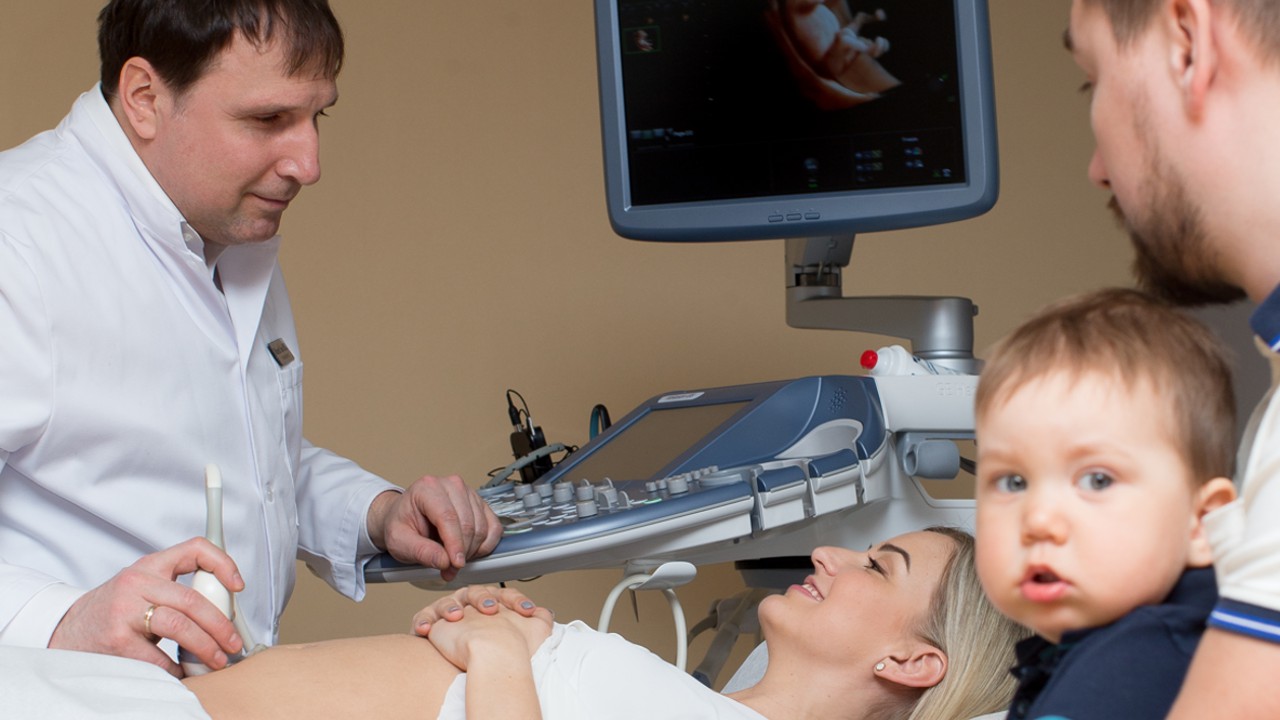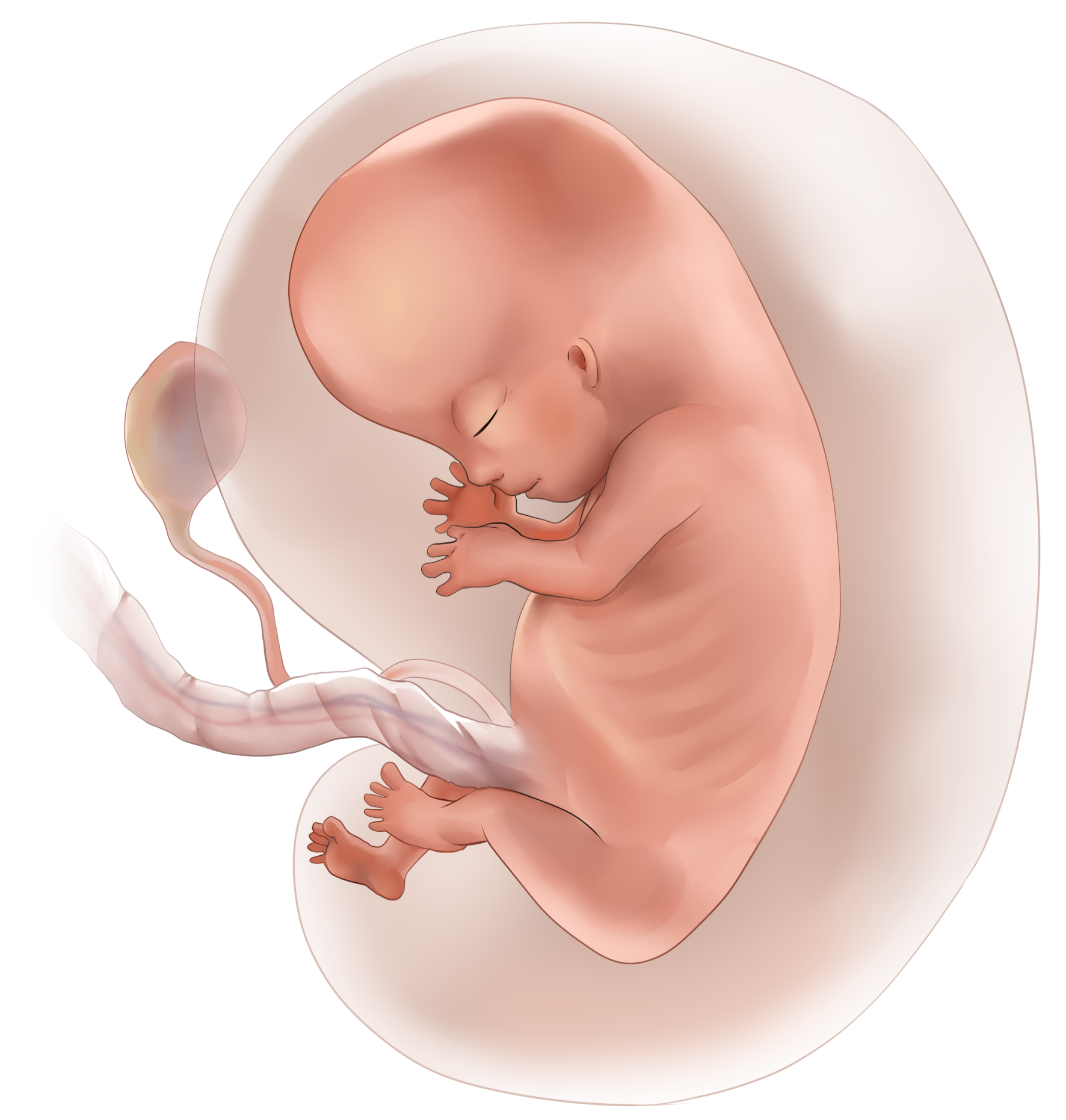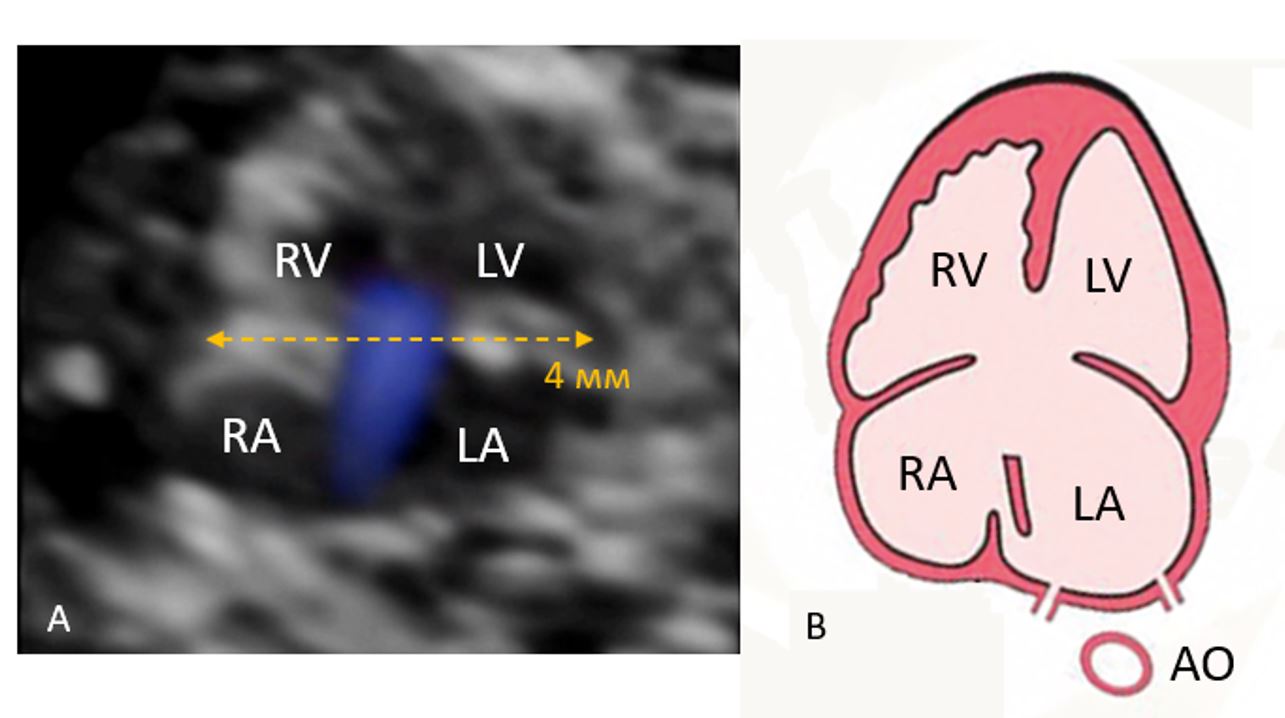Prenatal genetic testing is not a substitute for ultrasound examinations

Nowadays, an increasing number of expectant parents are choosing to order a paid prenatal chromosome or gene test in addition to the tests included in the national pregnancy monitoring plan. Although they are likely to rule out the most common chromosomal diseases, they do not detect all fetal malformations and are not a substitute for fetal ultrasound examinations, says Marek Šois, a gynaecologist.
Although the NIPT test can detect a fetus with Down syndrome with 99.7% accuracy, this pathology accounts for only 30% of chromosomal defects and only 10% of congenital fetal malformations.
The Fetal Ultrasound Center offers two NIPT tests for the detection of chromosomal and gene diseases - the Panorama test and the Vistara test. Both NIPT tests can be performed from the mother's venous blood as early as the 9th week of pregnancy. In the laboratory, extracellular DNA is isolated from the blood sample, and various chromosomal and genetic diseases can be detected using nucleotide polymorphisms.
The Panorama test can detect fetuses with Down, Edwards, Patau and Turner syndromes, X-chromosome gene mutations and microdeletions. The Vistara test provides information on the pathology of 30 individual fetal genes that can cause 25 different gene diseases. The incidence of fetal chromosomal diseases depends primarily on the age of the mother, while the incidence of monogenic diseases depends on the age of the father. "Therefore, if the mother is over 35 years old, it is wise to take the Panorama test, but if the father is over 40 years old, it is wise to take the Vistara test in addition to the Panorama test," Dr Šois points out the differences between the Panorama test and the Vistara test.
The advantage of prenatal genetic testing is its accuracy and speed
Since NIPT tests can be performed as early as during the 9th week of pregnancy, chromosomal diseases can be ruled out long before the OSCAR test in the national pregnancy monitoring plan is performed during the 11th-13th week of the pregnancy. The NIPT test is more accurate as well. "The accuracy of the Panorama test in detecting fetuses with Down syndrome is 99.7%, and it is impossible to achieve such an accuracy with an ultrasound scan," says Dr Šois.
It is advisable to perform the Panorama test already before the OSCAR test because if the NIPT test reveals that the fetus is at higher risk for chromosomal disease, the woman will be referred to a chorionic biopsy to confirm the diagnosis instead of the OSCAR test.
At the Fetal Ultrasound Center, Dr Šois performs a genetic ultrasound examination of his patients before giving a blood test for the NIPT test during the 9-10th week of pregnancy. "With today's high-frequency ultrasonic transducer, the fluid in the nuchal region of the embryo can be seen even when the embryo is only 25-35 mm long. If the embryo has swelling in the nuchal region, the risk is not greater only for Down's syndrome, but also for another 200 different chromosomal and genetic diseases and for several pathologies of different organ structures. In this case, instead of the Panorama test, we will refer the woman to a chorionic biopsy to clarify the diagnosis, as a result of which it is possible to confirm the presence of chromosomal disease in the fetus," said Dr Šois.
In any case, whether through a chromosome analysis or an ultrasound, it is important to get a complete idea of the risks as early as possible during the pregnancy. "If the worst-case scenario materializes and the expected child turns out to be ill, the parents will have the opportunity to decide whether to still give birth or terminate the pregnancy. If the parents decide to terminate the pregnancy, it is important to do so as early as possible - it is less traumatic both physically and mentally," Dr Šois explained.

Pregnancy at 10 weeks of gestation
The baby's health can be checked already before pregnancy
While some of the child's health risks can be assessed with an ultrasound examination, or their incidence depends on the age of their parents, there are still several genetic diseases that cannot be predicted in this way. "Most sick children are born to perfectly healthy parents who have not had any health problems in their family before," says Dr Šois. "Moreover, most of those diseases are the ones that cannot be detected with a prenatal ultrasound or immediately after birth. Rather, they appear during the first years of a child's life.”
However, modern genetic research also makes it possible to predict the risk of such diseases, namely by studying the genes of future parents. Each of us carries an average of at least two genetic diseases, but that alone doesn't mean that a person is sick. "Many disease genes are recessive, which means that the faulty gene is compensated by the healthy gene version. Such gene defects only appear when two parents carrying the same disease come together. The carriers themselves are healthy, but in this case, in 25% of cases, there is a risk that their child will be born ill,” Dr Šois explains.
To identify such "hidden" diseases, the Horizon test has been developed to detect the carriage of autosomal recessive or X-linked disease in both parents. "Currently, we can assess the risk of 274 such diseases," says Dr Šois. "All of these diseases alone are very rare, but in total, the risk of their occurrence is about 1: 400. As a comparison, the incidence of Down's syndrome, the most common chromosomal disease, is 1: 600.“
If there are children with developmental or mental disabilities in the family, or if there is a suspicion of kinship marriage, the parents are advised to take the Horizon test even if they are planning to become pregnant or at the very beginning of the pregnancy. If both parents are carriers of the same genetic disease, an amniotic fluid examination makes it possible to later find out whether the child is healthy, a carrier of a genetic disease or has a genetic disease.

Pregnancy at 10 weeks of gestation. Congenital heart defect - the atrioventricular septal defect is a heart defect in which there are holes between the chambers of the right and left sides of the heart, and the valves that control the flow of blood between these chambers may not be formed correctly.
The best results are obtained by combining genetic tests with ultrasound scans
The faster genetic science and laboratories evolve, the more common prenatal genetic tests become. "I believe that if the children born now are having children themselves one day, it is considered normal that parental gene carriage tests be performed first," says Dr Šois. "Genetic research is becoming cheaper and I am sure that in 5-10 years, diagnosing the carriage of genetic diseases in the future parents will be a new norm in family planning."
However, the birth of a healthy child cannot still be 100% guaranteed. First, prenatal tests only detect the diseases that are currently being searched for. "Despite the fact that scientists have succeeded in sequencing the human genome, the biological nature of all genes is not yet fully known. 250-300 new gene diseases are added each year, and this list is constantly being updated. I believe that researchers will continue this work for decades to come," Dr Šois predicts.
However, not all developmental defects are caused by fetal chromosomal or gene defects. This is also the reason why ultrasound examinations will not disappear as a method of prenatal examination. "With the help of modern ultrasound devices, a gynaecologist can look at a child's organ structures with his or her own eyes in a very early embryonic size, such as under a powerful microscope. It is already possible to find malformations of the fetus' 4 mm heart, rendering it unsuitable for life, or severe congenital brain pathologies at the 10th week of pregnancy, when the fetus is only 32 mm long. Therefore, both NIPT tests and high-quality ultrasound examinations are definitely necessary to study the health of the fetus," Dr Šois marks confidently.
